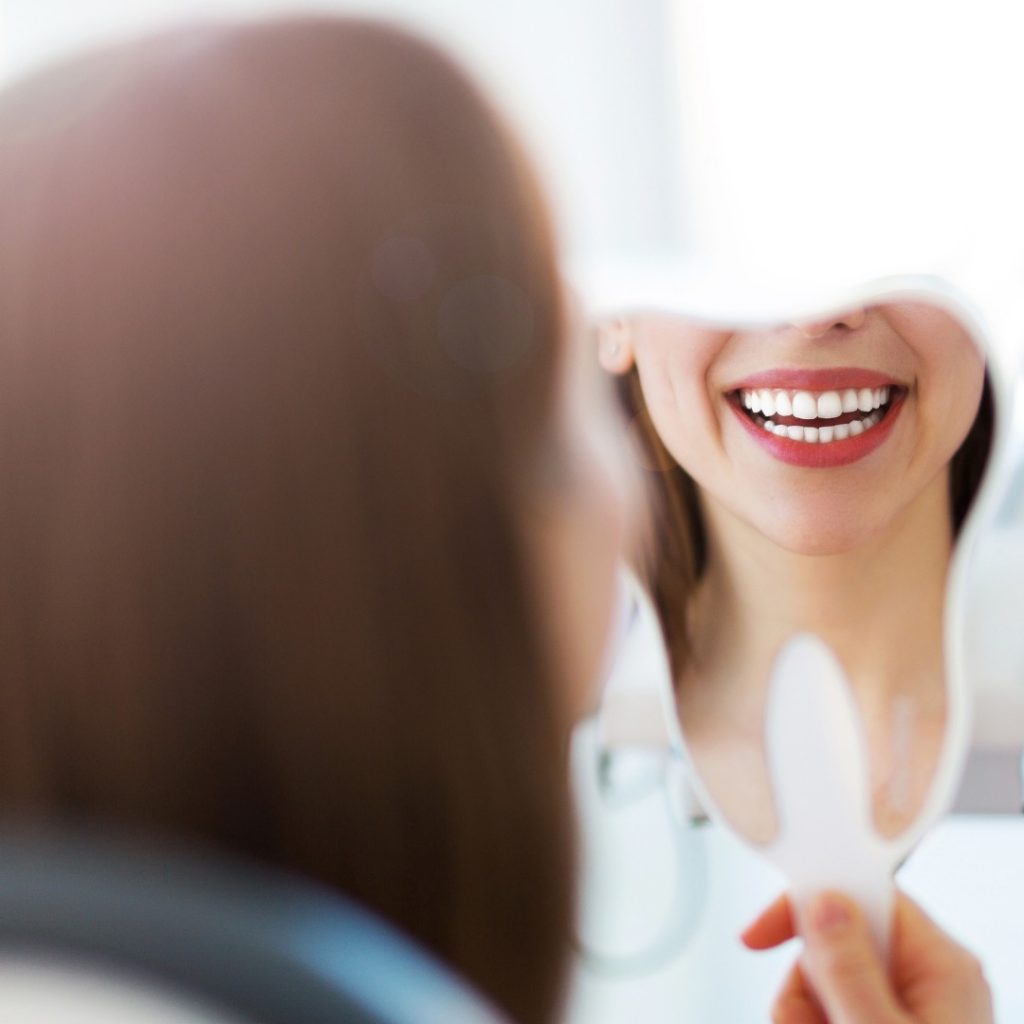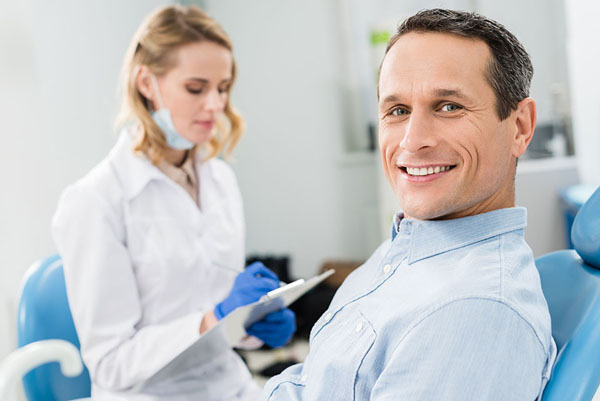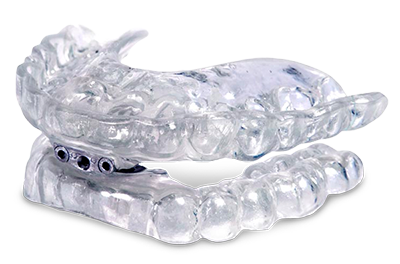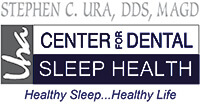Connecting Oral Health to Restful Sleep
Most patients think of a dental office as a place for cleanings, fillings, Invisalign, or maybe even dental implants or a smile makeover. But your dentist can also be one of the first professionals to detect signs of sleep apnea—a serious sleep disorder that affects breathing and overall health.
At the Center for Dental Sleep Health in Nashua, NH, Dr. Stephen Ura and his attentive team focus on identifying symptoms of obstructive sleep apnea (OSA) and guiding patients toward treatment options that improve both oral health and quality of life.
If you’ve been struggling with snoring, fatigue, teeth grinding, or dry mouth, don’t hesitate—call our Nashua sleep center today at (603) 886-4300 to schedule your consultation. We proudly serve patients in Nashua, Hudson, Merrimack, Milford, and the surrounding New Hampshire communities with diagnosis and treatment for sleep apnea.


The Oral Anatomy–Sleep Apnea Connection
Dentists are uniquely qualified to evaluate oral and facial structures that play a role in breathing at night. During your regular dental visits, a qualified dentist can determine whether your anatomy puts you at risk for sleep-disordered breathing.
Here’s how oral anatomy and airway health are connected:
- Airway Structure and Obstruction: A narrow airway, recessed jaw, or dental arches can contribute to airway collapse during sleep, leading to obstructive sleep apnea.
- Teeth Grinding (Bruxism): Many dentists notice worn or chipped teeth. This is often a clue that the body is trying to reopen a blocked airway at night.
- High-Arched or Narrow Palate: This reduces airflow space and increases the likelihood of sleep disorders.
- Scalloped Tongue Edges: Indentations on the tongue may suggest it’s pressing against teeth due to restricted breathing.
- Enlarged Tonsils and Adenoids: Especially in children, enlarged tissues can block airflow and cause pediatric sleep apnea.
Common Signs of Sleep Apnea Your Dentist May Spot
During routine dental care, a dentist can detect subtle symptoms that point to sleep apnea:
- Dry Mouth or Chronic Mouth Breathing: A frequent indicator of airway obstruction.
- Tooth Damage from Grinding: Flattened or cracked teeth often signal nighttime airway struggles.
- Jaw Pain or Stiffness (TMJ issues): Can be linked to clenching and bruxism caused by disrupted breathing.
- Snoring and Insomnia Complaints: Many patients mention these casually during visits, and a trained dentist knows when to connect the dots.


Dentists and Oral Appliance Therapy for Sleep Apnea
Once diagnosed—often with a sleep study or home sleep apnea test reviewed by a sleep medicine physician—dentists can help patients manage OSA with oral appliance therapy.
- Mandibular Advancement Devices (MADs): These custom appliances reposition the jaw and tongue to keep your airway open at night.
- Collaboration with Sleep Specialists: Our Nashua practice works closely with sleep medicine doctors and specialists to ensure patients receive comprehensive care.
- Regular Monitoring & Adjustments: As with any dental appliance, follow-up visits are essential to verify fit, comfort, and effectiveness.
- A CPAP Alternative: Many patients absolutely love that oral appliances are quieter, more comfortable, and easier to travel with than CPAP machines.
Why Nashua Residents Should Consider Sleep Apnea Screening
Untreated sleep apnea doesn’t just impact sleep—it increases risks for high blood pressure, heart activity issues, and daytime fatigue. It can even contribute to insomnia, narcolepsy-like symptoms, and reduced quality of life.
Residents in Nashua, Hudson, Merrimack, Milford, and Concord, NH, now have greater access to dental sleep medicine services without having to wait for hospital-based programs. A simple conversation in the dental chair could be the first step to improving your health, smile, and sleep.
Call our Nashua sleep dentist at (603) 886-4300 to get started on addressing your sleep health.

Frequently Asked Questions
Can a dentist near me really help diagnose obstructive sleep apnea?
Yes. While only a sleep medicine physician can officially diagnose OSA, a dentist in Nashua can recognize oral signs, recommend a home sleep study, and connect you with the right sleep specialists.
Do children in Nashua experience sleep apnea?
Absolutely. Pediatric sleep apnea often goes unnoticed, but dentists can spot enlarged tonsils, a high palate, or misaligned teeth—all red flags that affect breathing at night.
What’s the difference between a night guard and a sleep apnea appliance?
A nightguard protects teeth from grinding, but it doesn’t prevent airway collapse. An oral appliance, like a MAD, is designed to improve breathing while you sleep.
What are the next steps if my dentist thinks I might have sleep apnea?
The process usually involves scheduling a home sleep study or a referral to a local sleep center. From there, treatment options like CPAP or oral appliance therapy will be determined based on your apnea-hypopnea index and overall health.
Take Control of Your Sleep Health Today
If you’ve noticed symptoms of sleep apnea—such as loud snoring, chronic fatigue, teeth grinding, or dry mouth—don’t wait to seek professional help. At the Center for Dental Sleep Health in Nashua, NH, Dr. Stephen Ura and his team are here to provide long-lasting solutions through modern dental sleep medicine.
Call our Nashua dental office at (603) 886-4300 to schedule your appointment. We proudly serve patients in Nashua, Hudson, Merrimack, Milford, Concord, and nearby New Hampshire communities.
